Reign 1460–1497 House Le Dynasty Predecessor Le Nhan Tong Father Le Thai Tong | Successor Le Hien Tong Name Le Tong Died 30 January 1497 | |
 | ||
Temple of Literlature 2
Lê Thánh Tông (chữ Hán: 黎聖宗, 20 July 1442 – 30 January 1497) was an emperor of Later Lê dynasty during 1460 – 1497; his era was eulogized as the Prospered reign of Hồng Đức (洪德之盛治).
Contents
- Temple of Literlature 2
- h ng ca s vi t vua l th nh t ng b nh chi m p1 t phi media
- Biography
- The idea of rule
- The rise of Ruism
- Relations with the Ming dynasty
- The conquest of neighbors
- References

h ng ca s vi t vua l th nh t ng b nh chi m p1 t phi media
Biography
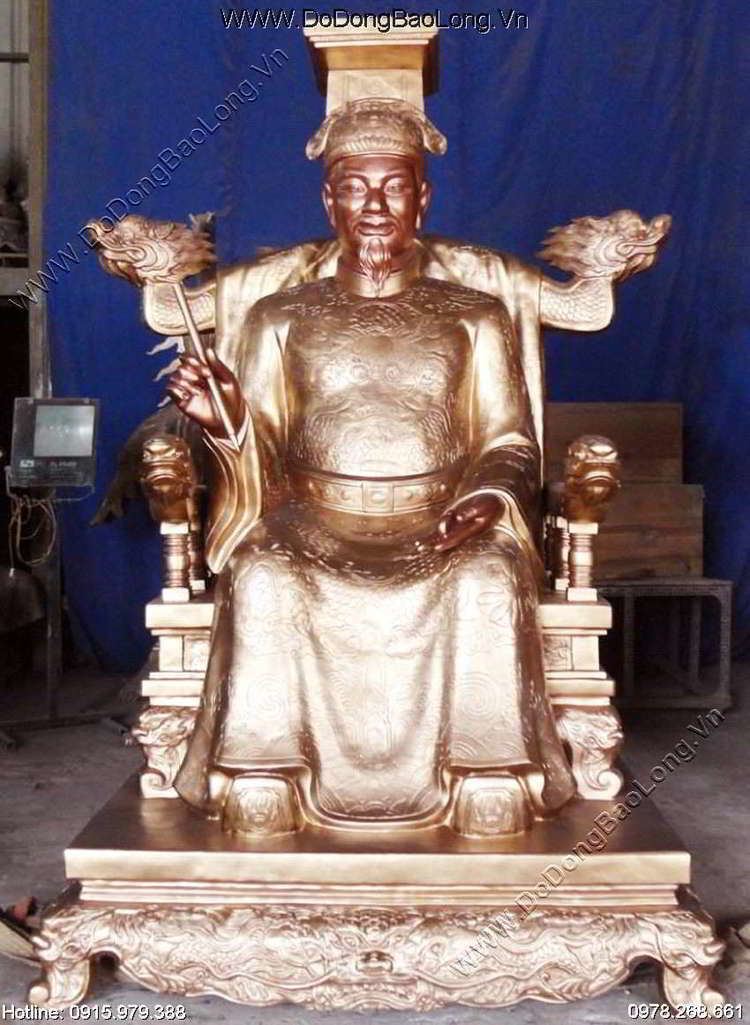
Lê Thánh Tông- full name Hạo (灝), courtesy name Tư Thành (思誠), pseudonym Đạo Am chủ nhân (道庵主人), rhymed name Tao Đàn nguyên súy (騷壇元帥), formal title Thiên Nam động chủ (天南洞主), was the son of emperor Lê Thái Tông and his consort Ngô Thị Bính. He was a half-brother of Lê Nhân Tông and it is likely that his mother and consort Nguyễn Thị Anh (the mother of Lê Nhân Tông) were related (cousins or perhaps sisters). He was educated just like his half brother, the emperor, at the palace in Hanoi. When his elder half brother, Nghi Dân, staged a coup and killed the emperor in 1459, Prince Tư Thành was spared. Nine months later, when the second counter-coup was successfully carried out, the plotters asked Prince Tư Thành to become the new emperor and he accepted.
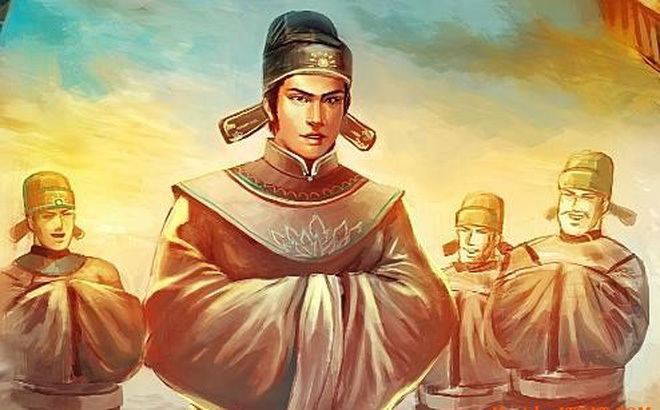
The leaders of the counter-coup which removed and killed Nghi Dân were two of the last surviving friends and aides of Lê Lợi- Nguyễn Xí and Đinh Liệt. The pair had been out of power since the 1440s, but they still commanded respect due to their association with the dynasty's founder, Lê Lợi. The new emperor appointed these men to the highest positions in his new government- Nguyễn Xí became one of the emperor's councilors and Đinh Liệt was gifted command over the army of Annam.
The idea of rule
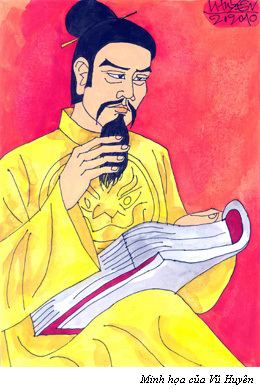
Lê Thánh Tông created and widely distributed a new legal code- also called 'Hồng Đức'. The new laws were
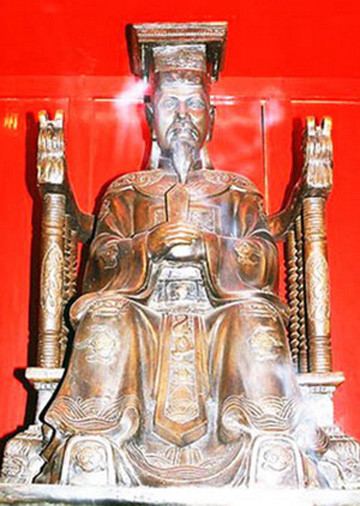
"based on Chinese law but included distinctly Vietnamese features, such as recognition of the higher position of women in Vietnamese society than in Chinese society. Under the new code, parental consent was not required for marriage, and daughters were granted equal inheritance rights with sons. U.S. Library of Congress Country Studies – Vietnam
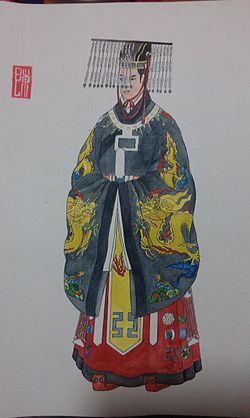
A group of 28 poets was formally recognized by the court (the Tao Dan) and a new official history of Vietnam was written called The Full History of Đại Việt (Đại Việt Sử ký Toàn thư). The historian Ngô Sĩ Liên compiled this in 1479 and it was published under supervision of the emperor.

As a young prince he was given the best Confucian education; his teacher was Tran Phong who later wrote about how serious a student Thánh Tông had been. He went about implementing Confucian principals in his government and seeing that the land was in Confucian harmony through the invocation of various rituals.

The emperor toured the entire country in 1467, addressing local problems that he found, firing government officials that he found to be corrupt, and re-distributing land that had been illegally taken. This made him very popular with the people and increased his base of support among them.
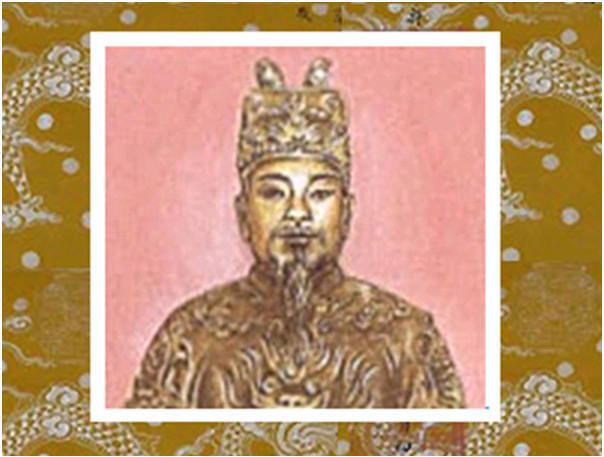
He also wrote poetry, some of which has survived. He wrote the following at the start of his campaign against the Champa:
One hundred thousand officers and men,
Start out on a distant journey.
Falling on the sails, the rain
Lê Thánh Tông tried to be and essentially succeeded in becoming the ideal Confucian ruler; he was deeply concerned with maintain a good government and keeping personal morality.
The rise of Ruism
Thánh Tông was strongly influenced by his Confucian teachers and he resolved to make Annam more like the former Song Dynasty with its Neo-Confucianist philosophy and the key idea that the government should be run by men of noble character as opposed to men from noble families. This meant that he needed to take power away from the ruling families (mostly from Thanh Hóa province) and give power to the scholars who did well on the official examinations. The first step on this path was to revive the examination process, which had continued sporadically in the 1450s. The first examination was held in 1463 and, as expected, the top scholars were men from elsewhere- usually from the river delta surrounding the capital, not from Thanh Hóa.
Thánh Tông encouraged the spread of Confucian values throughout Vietnam by having "temples of literature" built in all the provinces. There, Confucius was venerated and classic works on Confucianism could be found. He also halted the building of any new Buddhist or Taoist temples and ordered that monks were not to be allowed to purchase any new land.
Following the Chinese model, Lê Thánh Tông divided the government into six ministries; they were Finance, Rites, Justice, Personnel, Army, and Public Works. Nine grades of rank were set up for both the civil administration and the military. A Board of Censors was set up with royal authority to monitor governmental officials and reported exclusively to the emperor. However, governmental authority did not extend all the way to the village level. The villages were ruled by their own councils in Vietnam (Vietnam, Trials and Tribulations of a Nation D. R. SarDesai, ppg 35–37, 1988).
With the death of Nguyễn Xí in 1465, the noble families from Thanh Hóa province lost their leader. Soon they were mostly relegated to secondary positions in the new Confucian government of Thánh Tông. However, they still retained control over Vietnam's armies as the old general, Đinh Liệt, was still in command of the army.
In 1469, all of Vietnam was mapped and a full census was taken, listing all the villages in the kingdom. Around this time the country was divided into 13 dao (provinces). Each was administrated by a Governor, Judge, and the local army commander. The emperor Thánh Tông also ordered that a new census should be taken every six years. Other public works that were undertaken included building and repair of granaries, using the army to rebuild and repair irrigation systems after floods, and sending out doctors to areas afflicted by outbreaks of disease. Also in 1469, Thánh Tông's reign name was chosen- Great Virtue (Hồng Đức). Even though the emperor, at 25, was relatively young, he had already restored Vietnam's stability, which was a marked contrast from the turbulent times marking the reigns of the two emperors before him.
The new government proved to be effective and represented a successful adaptation of the Chinese Confucian system of government outside of China.
Relations with the Ming dynasty
Lê Thánh Tông was aggressive in his relations with foreign countries including China and Malacca and cracked down on foreign trade and contacts, enforcing an isolationist policy.
Several Malay envoys from the Malacca sultanate were attacked and captured in 1469 by Annam as they were returning to Malacca from China. The Annamese enslaved and castrated the young from among the captured.
A 1472 entry in the Ming Shilu reported that some Chinese from Nanhai escaped back to China after their ship had been blown off course into Vietnam, where they had been forced to serve as soldiers in Vietnam's military. The escapees also reported that up to 100 Chinese men remained captives in Vietnam after they were caught and castrated by the Vietnamese after their ships were blown off course into Vietnam. The Chinese Ministry of Revenue responded by ordering Chinese civilians and soldiers to stop going abroad to foreign countries. China's relations with Vietnam during this period were marked by the punishment of prisoners by castration.
A 1499 entry in the Ming Shilu recorded that thirteen Chinese men from Wenchang including a young man named Wu Rui were captured by the Vietnamese after their ship was blown off course while traveling from Hainan to Guangdong's Qin subprefecture (Qinzhou), after which they ended up near the coast of Vietnam, during the Chenghua Emperor's rule (1464–1487) . Twelve of them were enslaved to work as agricultural laborers, while the youngest, Wu Rui (吳瑞) was selected for castration since he was the only young man and he became a eunuch at the Vietnamese imperial palace in Thang Long. After years of service, he was promoted at the death of the Vietnamese ruler in 1497 to a military position in northern Vietnam. A soldier told him of an escape route back to China and Wu Rui escaped to Longzhou. The local chief planned to sell him back to the Vietnamese, but Wu was rescued by the Pingxiang magistrate and then was sent to Beijing to work as a eunuch in the palace.
The Đại Việt sử ký toàn thư records that in 1467 in An Bang province of Dai Viet (now Quảng Ninh Province) a Chinese ship blew off course onto the shore. The Chinese were detained and not allowed to return to China as ordered by Le Thanh Tong. This incident may be the same one where Wu Rui was captured.
The conquest of neighbors
In 1465, Vietnam was attacked by pirates from the north. This was dealt with by sending additional forces to the north to fight the pirates. Thánh Tông also sent a military force to the west to subdue the Ai-lao mountain tribe that was raiding the northern border.
In 1470, the Vietnamese began preparing for a crucial war against Champa to the south. The war was ignited by Tra-Toan, who led a Cham army into the southern extremities of Vietnam. Lê Thánh Tông responded with a swift counterattack; Vietnamese armies were mobilized from all over the country, and in keeping with tradition, an envoy was sent to Beijing explaining the motives of the offensive. On 6 November 1470, he ordered generals Đinh Liệt and Lê Niem to lead a vanguard of 100,000 men south into Champa. On 16 November 1470, Lê Thánh Tông personally led the main army of 150,000 and marched south. On December 18, the first Vietnamese soldiers entered Champa territory.
On February 5, Champa king Tra-Toan ordered his brother to lead six generals and 5,000 men and elephants to secretly approach Lê Thánh Tông's army. The Vietnamese forces discovered this plan so a force of 30,000 commanded by generals Le Hy Cat, Hoang Nhan Thiem, Le The, and Trịnh Van Sai attacked the enemy's rear from the sea. At the same time, an army commanded by Nguyen Duc Trung ambushed the Champa army and forced it to withdraw. This army was then completely wiped out by Le Hy Cat's troops.
On 27 February, Lê Thánh Tông personally led the troops to capture Thi Nai, the most important harbor of Champa.
On 29 February, the Vietnamese army surrounded the Champa capital city of Vijaya (near modern-day Qui Nhơn). The city was captured, and the Cham king, Tra-Toan, was taken captive. He died on the return journey to Thang Long. Cham losses were immense, with some 60,000 dead and 30,000 enslaved. The Champa regions of Amaravati and Vijaya were formally annexed to the Vietnamese kingdom as the newly organized province of Quang-nam.
The Vietnamese army continued marching south until it reached Cả pass – some 50 miles north of the Champa city of Kauthara (modern-day Nha Trang).
The conquest of the Cham kingdoms started a rapid period of expansion by the Annamese southwards into this newly conquered land. The government used a system of land settlement called đồn điền (屯田).
Under this system, military colonies were established in which soldiers and landless peasants cleared new areas, began rice production on the new lands, established villages and served as a militia to defend them. After three years, the villages would be incorporated into the Vietnamese administrative system. A communal village meeting house (dinh) would be built, and the workers were given an opportunity to share in the communal lands given by the state to each village. The remainder of the land belonged to the state. As each area was cleared and a village established, the soldiers of the don dien would move on to clear more land. U.S. Library of Congress Country Studies – Vietnam
In 1479, in response to continued attacks from the west, Lê Thánh Tông waged war against the federation of Lān Xāng (modern day Laos). A powerful Vietnamese army invaded the Lao lands, sacking the capital city of Luang Phrabāng (Vietnam, Trials and Tribulations of a Nation D. R. SarDesai, pg 35, 1988), despite an eventual Lao counteroffensive which repulsed the Vietnamese. Dai Viet would intervene at least once more in Laos during the rule of Trịnh Căn in 1694. As a result of this war, the modern-day provinces of Lai Châu and Điện Biên were annexed by Đại Việt from Lan Xang, and are still part of Vietnam today.
